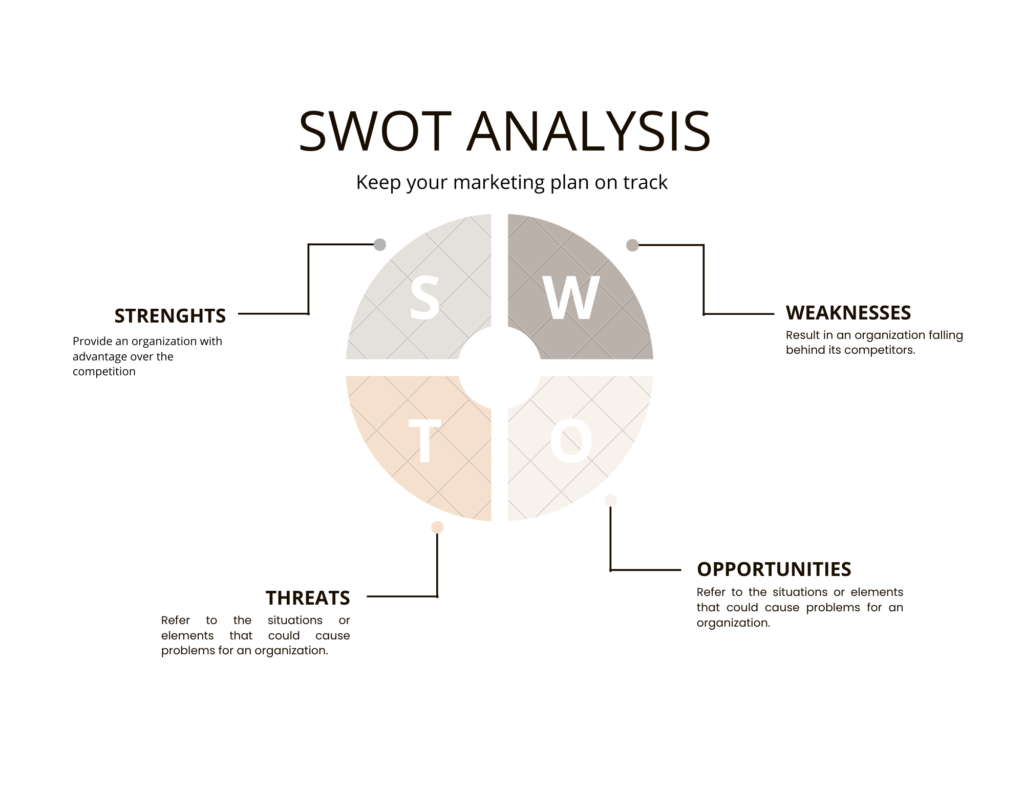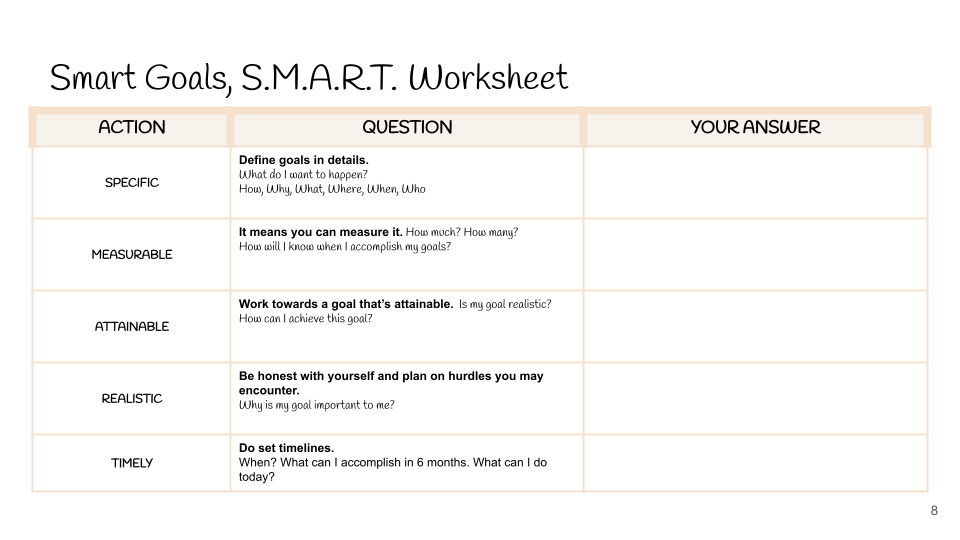Digital Marketing Plan Series
Digital Marketing Plan Intro: Would you like to create a digital marketing plan that makes you money? If so, this guide is for you! In this guide, you’ll learn everything you need to know about creating a digital marketing plan, from setting goals to choosing the right strategies. You’ll also get practical tips on putting your plan into action and making money from your digital marketing efforts. So if you’re ready to start making money from your digital marketing plan, read on!
The Digital Marketing Plan I have is brief and to the point, but what you do should fit your lifestyle, interests and work ethic. Here’s where we’ll start, but where you end up is up to you. The Digital Marketing Plan Series content offers strategies in six sections, and each stands alone:
- How to Create a Digital Marketing Plan (Master Plan)
- Would you like to learn how to Monetize your Blog?
- How to create a Blogging Website to start earning money?
- Find your Target Audience and begin selling your products and services.
- Discover the task of Brand Messaging and how to make a Brand Strategy.
- Social Media Strategy and how to use it to your advantage
1. How to Create a Digital Marketing Plan? (Master Plan)
Creating a digital marketing plan requires research and planning. Setting a revenue roadmap will help you focus your marketing efforts. Next, choose your roadmap channels. Defining your goals will also help your campaign stay on track. Finally, you can measure the success of all your marketing efforts. Let’s get started!
2. Would You Like to Learn How to Monetize your Blog?

Looking for ways to monetize your blog? There are several methods successful bloggers use, some of which you may already be familiar with.
Here are a few plans to monetize your Blog:
- Develop and market an online course
- Start earning sponsorship for your email list
- Do include exclusive content for subscribers on your email list.
- of your email list
- Sell physical products (e.g. books, clothes, and devices)
- Create digital products and sell them
- Focus on creating content relevant to your target market with Google AdSense, and find out how much you could earn.
- Invite sponsors to contribute to your Blog
- Consider offering coaching services.
- Freelance blogging is an excellent way to earn an income.
- Think about affiliate marketing for your Blog.
- Start a Mastermind Group to teach others how to monetize
- Launch a Virtual Summit to teach others how to create a successful Blog
3. How to Include a Blogging Website in Your Digital Marketing Plan?
Ranking on Google is essential. Admittedly, a Blogging Website is crucial for building your brand identity and growing your online presence. As a result, Blogs and websites can attract new visitors, increase your social media exposure, and improve your SEO.
4. Find your Target Audience and Begin Selling Your Products and Services.
First, you must identify your Target Audience. Therefore, you will ensure that your marketing message echoes if you do this. Time, money, and energy infused into your company will be more valuable if you target the right market. As a rule, begin by understanding the demographic of your target audience. In short, who are you trying to reach, and where can you find your audience online? Therefore, research where your audience spends their time online and then use your advertising to contact them. In brief, “Digital Mapping” helps you figure out where they are online and in the real world.
5. Discover the Task of Brand Messaging and How to Make a Brand Strategy.
Your Brand Messaging is the most crucial thing in your branding plan. Moreover, it’s the one thing that impacts your audience, so create a tempting offer. The majority of brand messages are reserved and uninspiring. Therefore before, during, and after your message is delivered.
Finally, brand messaging is the foundation for everything else you do. For this reason, you need to grab attention to stand out. The purpose of your message is to make them respond once you have their attention.
6. Social Media Strategy and How to Use It to Your Advantage.
Social Media Strategy involves promoting a brand, product, or service via social media channels. A significant benefit of social media marketing for businesses is brand awareness. Additionally, Social Media Marketing builds engaged communities and sells products and services.
The key to differentiation is creating content relevant to the target audience. In short, Social Media Marketing includes posting text, photos, and video content to social media sites. Also, involve distributing compelling content through social platforms. Altogether, your approach is on the content you post and the audience you are trying to reach. In summary, it is critical to include a good strategy for Social Media Marketing in your digital marketing plan.
Can You Describe Your Company in Your Digital Marketing Plan?

Please include a description of what your company does and how it fits into the market. So, have crucial performance indicators (KPIs) to measure the success of your digital marketing plan. As things go, you can track multiple KPIs for a project. As a result, KPIs represent data’s overall heartbeat and tunnel vision. Most importantly, your strategy should be executable. That is, the goal should include clear, step-by-step instructions on how you will achieve great results. To conclude, the best plans include templates, examples, and checklists to follow the steps and adjust quickly.
7 Main Key Performance Indicators to Include in Your Digital Marketing Plan
Marketing and Sales KPIs and Key Performance Indicators attempt to understand better what works and doesn’t in digital marketing and promotional campaigns. These metrics often measure conversation rates on how often prospective clients perform specific actions in response to a given marketing medium. An example of a marketing KPI would be: Following are the steps to create a KPI-level marketing plan:
- Sales growth crosses over with KPIs, which are always critical to marketing. This KPI measures how much sales increased over a period.
- Return on investment (ROI) is the most critical metric in digital marketing. Roi calculates by dividing sales by marketing costs.
- Social media Performance Indicators are a great way to measure the effectiveness of your social media marketing campaigns.
- Customer acquisition cost (CMS) is the amount of money it takes to acquire a new customer. CMS calculates by dividing the total acquisition cost by the number of customers acquired.
- Marketing qualified leads (MQLs) is a crucial metric in lead generation. MQLs calculates by dividing the number of qualified leads by the number of people who signed up for your email list.
- Sales qualified leads (SQLs) are the leads that are prepared based on the lead’s qualifications. SQL s computes by subtracting MQLs from SQLs.
- Customer lifetime value (CLTV) is the total revenue over a customer’s lifetime. Customer lifetime value (CLTV) calculates by the value of a customer over time. CLTV calculates by dividing the total income by the number of days the customer is active.
The Opportunity: The correct strategy can make a difference
One challenge you may face is the inability to determine your current digital marketing plan problem or the best way to solve it. Without this, you cannot be sure that your solution is the most effective for your audience. Using a prototype or a digital version of your prototype is a great way to test your solution. A digital version will allow you to test your digital marketing solution before committing to a more extensive implementation.
The Solution: We are fully committed to providing you with a smile!
A smile is a spark that ignites an excellent customer service experience. It’s a simple gesture that radiates outwards into every aspect of a business, from the CEO down to employees and stays with customers long after they finish shopping.
You must resolve customer problems quickly because, as a company, you are still part of the human globe, sympathetic and loving. Being willing to solve problems promptly says incredibly about the company’s underlying values, morals, and ethics.
What is the best market for your startup or small business?
How much of the market are you targeting? It is essential to describe your target market briefly. Here you will tell your target market in a way specific to the product or service you are selling.
Competition: What are your competitors doing?
Make a list of the direct and indirect competitors of your business. Examine their digital marketing strategies and include the competitor’s competitive advantage assessment.
Here you will be able to see what Ubersuggest’s competitors are doing and what they are doing well. It is possible to look at and analyze many statistics.
Capital Requirements How much money are you spending on advertising to reach a high-profit figure?
Provide a clear statement of how much capital you will need to execute your marketing strategy. How much money are you spending on advertising to reach a high-profit figure?
Strategic marketing situation analysis using the SWOT measure

SWOT analyses help organizations identify their strengths and weaknesses and possible opportunities and threats in the market. A SWOT analysis will help you stay on top of your digital marketing plan. Individuals, groups, organizations, or projects can all be analyzed using SWOT.
Market research drives decision-making in situational analysis. Therefore, allowing you to make course corrections when your plan isn’t achieving expected results. The situation analysis specifies potential customers and assesses projected growth. Finally, make a realistic assessment of your business.
A SWOT analysis consists of four pillars:
- Strengths give an organization an advantage over its competitors. Brand image, market share, loyal employees, and superior technological expertise can reflect an organization’s strength.
- Weaknesses cause an organization to fall behind its competition. Poor organizational policies, limited production capabilities, and limited access to innovative technologies can contribute to this problem.
- Opportunities exist when organizations can take advantage of favourable possibilities. Organizations can expand into new markets by acquiring small, financially stable firms within their industry if there is an opportunity. In the same way, tariff cuts can help an organization grow its market share by exporting its products to new markets.
- Threats refer to the situations or elements that could cause problems for an organization. For instance, an abrupt change in people’s lifestyles or new technologies can threaten an organization.
Describe Your Company in your Digital Marketing Plan
Provide a brief history of the company. Describe the business, and tell the length of time in the industry. How long have you been in business? Where are you located?
Product or service: What is the product or service?
Describe the product or service that you are marketing and selling.
- Product, ideas and services
- Unique benefits
- Unique features why is it different? Does it contribute to the greater good? What is the market potential? What is the price? What is the competition? What is the competition’s market share? What is the competition’s growth potential? What is the competition’s growth rate? What is the competition’s pricing?
- Is it disrupting the industry by offering a better product or service at a lower price?
Marketing Goals and Objectives in Your Plan

Goals
List your goals in the short, medium and long term. Make them measurable and attainable.
Here are some examples of marketing goals:
- Increase brand awareness
- Improve customer satisfaction
- Boost brand loyalty
- Acquire new customers
- Rank higher in search results
- Gain website traffic
Objectives
Objectives for a marketing plan are the things you want to achieve. If you aim to increase website traffic, how will you go about it? If you want to improve customer satisfaction, how will you do that? You’ll need to progress on your marketing efforts to gain new customers. In addition, you may like this digital project management software to keep on track with your marketing goals. https://app.clickup.com/
Use the SMART (acronym) system to determine your marketing goals and objectives.
- S= SPECIFIC: Define goals in detail. What do you want to happen? How, Why, What, When and Who?
- M= MEASURABLE: It means you can measure it. How much? How many? If I achieve my goals, how will I know?
- A= ATTAINABLE: Work towards an attainable goal. Is my goal realistic? How can I achieve the goal?
- R= REALISTIC: Be honest and plan on hurdles you may encounter. Why is my goal important to me?
- T= TIMELY: Do set timelines, short, medium and long term. When? What can I accomplish in 3, 6 and 12 months?

